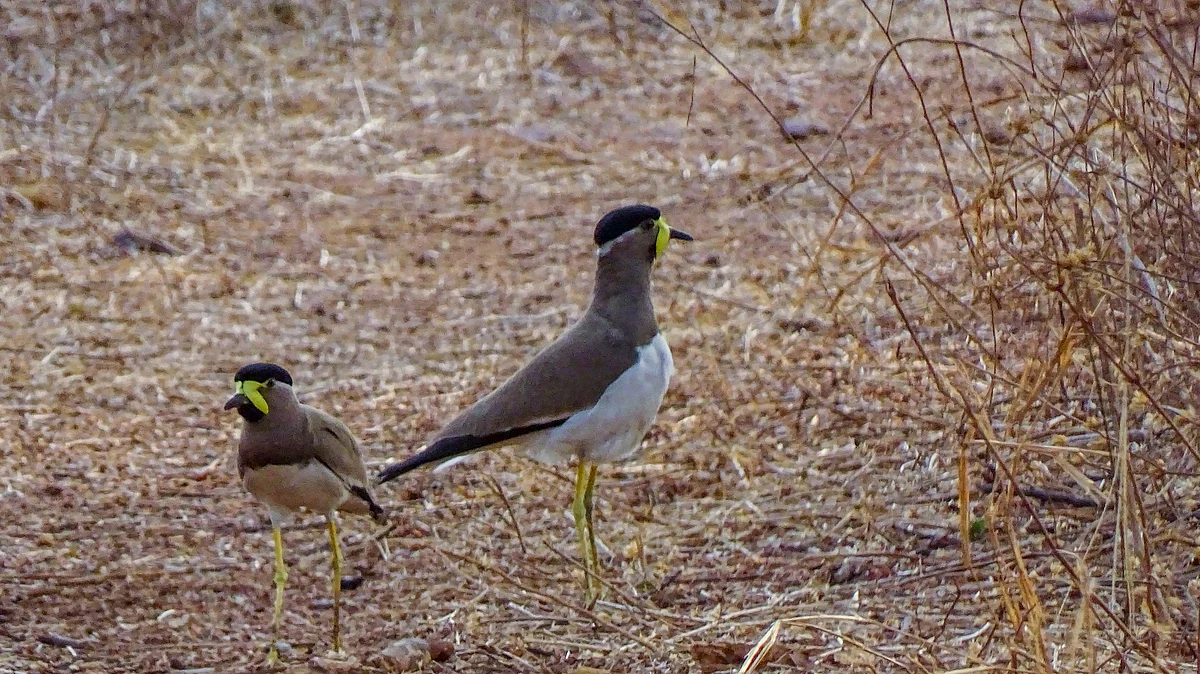Extreme heat shearing tropical bird populations in half in places: Study
Researchers found species in the tropics are facing 30 days of extreme heat on average — up from just 3 days a year in the 1980s

Since 1980, bird populations across tropical regions have declined by approximately 25 to 38 per cent due to increasing heat extremes associated with climate change, with some species experiencing declines of more than 50 per cent. This alarming trend has significant implications for India, home to a rich diversity of tropical bird species and vital ecosystems.
A recent study published in Nature by scientists from the Potsdam Institute for Climate Impact Research (PIK), the University of Queensland and the Barcelona Supercomputing Centre (BSC), finds that tropical birds are now subjected to extreme heat on average for 30 days annually — an increase from just 3 days a mere four decades ago. Overall, the frequency of extreme heat events has risen tenfold since 1980, the researchers say.
The study highlights that climate change is a major driver behind these declines, with heat stress leading to higher mortality rates, reduced fertility, altered breeding behaviours and lower offspring survival rates. In India, where many bird species inhabit dense forests and wetlands, rising temperatures threaten to disrupt natural habitats and breeding cycles further.
Analysing data and climate models, the scientists found that the intensification of heat extremes has caused a 25–38 percent reduction in tropical bird populations globally. "It's a staggering decrease. Birds are particularly sensitive to dehydration and heat stress. Extreme heat drives excess mortality, reduced fertility, changing breeding behaviours and reduced offspring survival," said lead author Maximilian Kotz, a guest researcher at PIK and researcher at BSC.
While the study pointed to examples of large declines in bird numbers recently reported from undisturbed tropical rainforests in the Amazon and Panama, with no other clear cause discovered, these are trends that are likely mirrored in India’s biodiversity hotspots. Could heat be the answer for unexplained declines in Indian rainforests and mangroves too? For the severe declines observed across other tropical regions points to the vulnerability of vital Indian ecosystems such as the Western Ghats, the forests of North-East India, the Sundarbans and other coastal habitats as well.
To know the actual extent of the problem in India, of course, we would need bird censuses — which are in short supply. For instance, in places like Gujarat’s Jamnagar, only the first census of wading birds and other coastal species has commenced this year.
"Rising temperatures are rapidly pushing species out of their natural ranges — this is happening at a pace that many species cannot adapt to quickly enough," said Kotz. In India, too, this might translate to possible local extinctions or displacement of species crucial for ecosystem health, such as pollinators and seed dispersers. Already, alarms have been raised repeatedly over the decades by ornithologists pointing to changed migration patterns.
The study also distinguishes the impacts of climate change from direct human activities like deforestation — another key factor that threatens avian populations, and one that is a known threat to Indian forests. (A recent IIT study pointed out that contrary to exultant governmental claims, India has lost more forests than it has gained in the period between 2015 and 2019.) And if loss of forest habitat wasn't challenge enough, this new study tells us that in lower-latitude tropical areas in particular, extreme heat is now impacting bird populations more significantly than habitat destruction. Worse yet, while the steepest population declines were in the tropics, nearly every region saw reductions — with extreme heat identified as the greatest factor in common across habitats.
"On the conservation side, this work tells us that in addition to protected areas and stopping deforestation, we urgently need to look into strategies for species who are more vulnerable to heat extremes to maximise their adaptation potential. That might mean ex-situ conservation work so working with some populations in other locations," said co-author Tatsuya Amano from the University of Queensland.
Ultimately, the study underscores that India needs a three-pronged approach to preserve its species diversity and natural habitats:
Carry out species censuses across habitats urgently and regularly to establish baselines and track changes
Put in place action plans to protect vulnerable species and habitats, including identification and protection/development of alternative sites
Curtail our own greenhouse gas emissions (7-8 per cent of global total, as the third-largest emitter) and lobby for global leaders China and the US (which contribute 40–60% of GHGs) to do so immediately to mitigate further climate impacts.
Of course, current geopolitics makes this last extremely challenging.
With PTI inputs
Follow us on: Facebook, Twitter, Google News, Instagram
Join our official telegram channel (@nationalherald) and stay updated with the latest headlines
